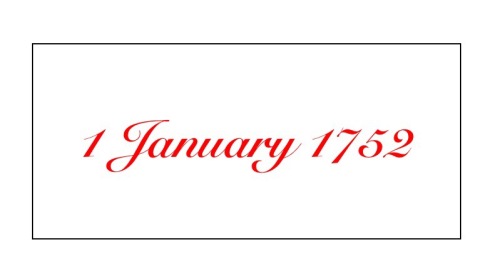Following my Birthplace Pedigree post, I’m turning my attention to a more macabre topic: a Cause of Death Pedigree.
This is based on evidence provided in death certificates, so is time limited to after the introduction of General Registration in July 1837. Burial entries in parish registers have provided a cause of death for some of my ancestors prior to this date. However, given the small numbers this applies to and the fact these are normally reserved for “unusual” deaths, for the purposes of this exercise I decided against including them.As it is based on the General Registration period it goes beyond the popular five generation format for my English lines. For my Irish ones I’ve had much less success. The other tweak is I’ve started with my grandparents as, thankfully, my parents are still alive. Something I didn’t think would be possible this time last year when my dad was living under the shadow of a terminal cancer diagnosis and given a matter of weeks to low months to live. That turned out to be a misdiagnosis, only discovered 12 months later…..but that’s a whole new story.
I’ve also gone beyond a simple cause of death. I’ve included ancillary conditions listed on the death certificate. I’ve also included an age and year of death to see if the length of my ancestor’s lives improved in line with medical and public health advances. Where I have no proof of birth date I have accepted the age of death given on the certificate, although for some I do have doubts. If I know the age is definitely wrong on the death certificate, through other documentary evidence such as a birth certificate or baptism entry, I have amended it to reflect my ancestor’s correct age at death.
I’ve created separate charts reflecting the lines of all my grandparents. Those charts containing Irish ancestry are significantly shorter than the ones for my English branches.
The first, for my paternal grandmother, is one such example. This is very limited in terms of cause of death information. As yet I’ve to trace death certificates for three of my four Irish 2x great grandparents.

Chart 1: Paternal Grandmother Cause of Death Pedigree

Chart 2a: Paternal Grandfather Cause of Death Pedigree

Chart 2b: Paternal Grandfather Cause of Death Pedigree

Chart 3a: Maternal Grandmother Cause of Death Pedigree

Chart 3b: Maternal Grandmother Cause of Death Pedigree

Chart 4: Maternal Grandfather Cause of Death Pedigree
The range of death causes, particularly on dad’s side, also struck me. Looking at his line the most common death cause appears to be general old age. And sticking with this branch, in terms of diseases traditionally associated with Victorian England, phthisis (TB) struck a couple of ancestors, and that was it despite living in increasingly urban areas of Yorkshire.
Of note is the ovariotomy resulting in the death of my 3x great grandmother in 1881, a procedure with a lamentable success rate in this era. In fact, controversially during this period, an ovariotomy could be performed to remove normal ovaries, not just for treating diseases such as cysts and tumours. This practice started in 1872 and it became the fashionable treatment for menstrual madness, pre-menstrual syndrome, neurasthenia and “all cases of insanity“. The practice of removing normal ovaries was supported by distinguished gynaecologists and psychiatrists, becoming one of the great medical scandals of the 19th century.
Turning to mum’s side, other than general old age, chest problems feature prominently. Some are occupational, but others are definitely not. These range from bronchitis and pneumonia to long term conditions such as asthma. There are also a number of possible stroke-related deaths. The diabetes-related death of my great grandfather has health repercussions in the family today. And once again there are very few of those historic infectious diseases particularly associated with the 19th century. There is a single case of typhus.
A few other quick points, not rocket science but amply illustrated in this “cause of death” sample:
- the imperfection of diagnosis in the 19th century. Not a shock, given my 21st family example. But it’s interesting to see concrete demonstrations back then. One of my ancestors has a death certificate which actually states “1 day ill, cause not known“. Another certificate stated “cramps“;
- linked to these diagnostic limitations, perhaps some of these cases of old age, general debility and natural decay, as well as prostate gland enlargement, masked other illnesses such as cancer. Cancer started appearing in death causes for my family in the early 20th century, particularly on my paternal line;
- illnesses manageable or treatable today, such as bronchitis, asthma and diabetes, were fatal back then. Some other conditions are curable. One of my ancestors died of an obstruction in the bowels from costivenes (a word for constipation). Again an imperfect diagnosis, possibly cancer, but potentially eminently treatable in the 21st century; and
- despite the passage of time and medical advances, my oldest ancestor in this sample died in 1852 age 96. So luck plays a part.
I’ve found this exercise particularly worthwhile and informative on a number of levels. Apart from the causes of death and ages, it has highlighted there are three English death certificates on my maternal line I need to track down. So a genealogical help, encouraging a critical review of information and information gaps. Also, looking to the future, there are definite identifiable illness susceptibilities which feature in the descendants of these ancestors today. So potentially a medical help.
















